Doubt Is My Best Friend
Befriending our hindrances is a part of the practice. The post Doubt Is My Best Friend appeared first on Tricycle: The Buddhist Review.
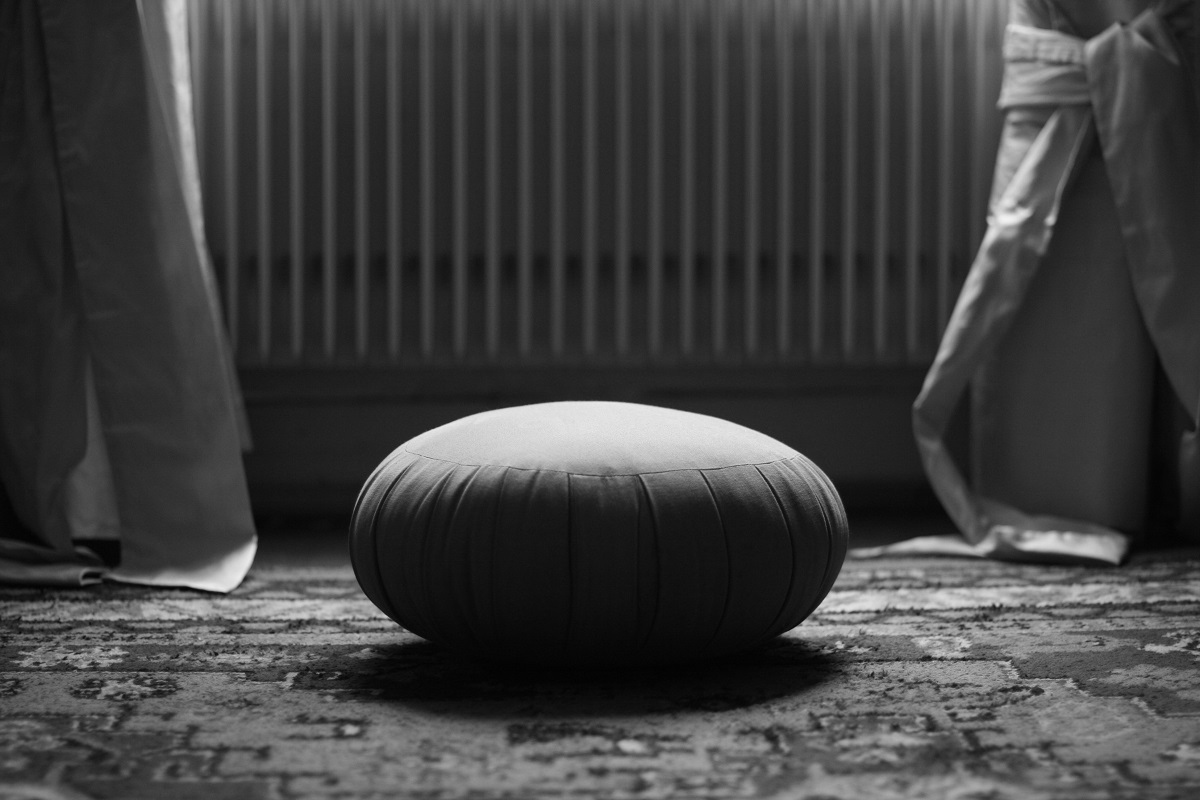
Teachings Meditation Month 2023
Befriending our hindrances is a part of the practice.
By Jessica Angima Jan 29, 2023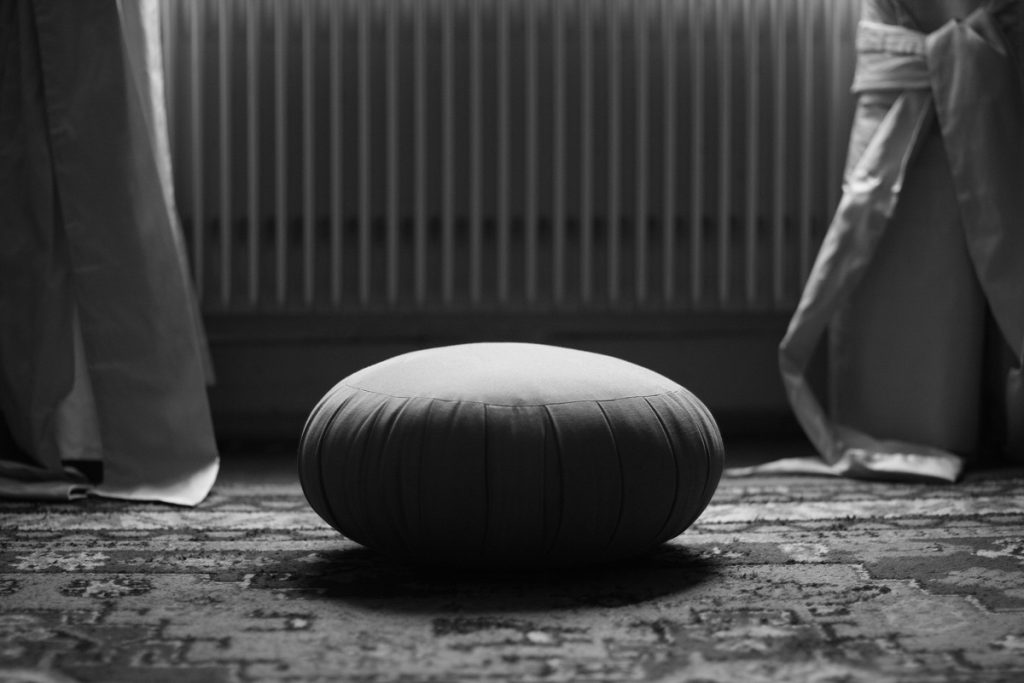 Photo by Roberto Poveda | http://bit.ly/2FLVeEf
Photo by Roberto Poveda | http://bit.ly/2FLVeEfEvery morning after I wash up, I sink into my meditation cushion and turn my attention toward the breath, breathing in, breathing out. But as I settle into my practice, my thoughts almost immediately turn toward whatever is plaguing my life. In times of underemployment, I count sent cover letters and imagine a rosy image of economic security. When I am dating someone, I circle around previous ghostings and question the right approach with my current intrigue. Past thought, future thought, remember the breath, repeat—a practice full of clinging and grasping.
Initially, I perceived my insatiable state as a hindrance of sense desire. The five hindrances—sense desire, ill will, dullness, restlessness, and doubt—are states of mind that hinder our clear-seeing, our experience of freedom, and our emotional stability. My mind was consumed with trying to get what I want, constantly calculating the right move to reach my desired outcome or yearning for a particular experience. Being in sense desire is to be with longing, the urges of the body and the covetousness of an object. It is to be constrained by a mind governed by compulsion in search of completion and fulfillment. The Buddha compared sensory desire to a pool of water mixed with many colors.
Amongst the various shades of my mind were ceaseless inquiries: How do I find comfort? What am I not seeing in my relationship patterns? If I find the ‘right’ practice will it heal me? Despite years of asking questions, I rarely arrived at a satisfying conclusion. In my practice, I began to pull back and notice when my mind turned to question, and I realized that I had been misinterpreting the subtle textural differences of the hindrances. What I thought was sense desire was actually doubt. With sense desire the mind is pulled by the compulsion to be absorbed by pleasure, while doubt is characterized by questioning and interrogation.
With the hindrance of doubt, we are overcome with uncertainty. The mind can become obsessive in its pursuit of insight. I would catch myself circling around a problem trying to figure it out, telling myself, If I just think about it the right way I will find the “right answer.” The Buddha compared the doubtful mind to a pool of water that is darkened by mud.
Yet, questions themselves are not unskillful. There are positive lines of questioning, dhamma vicaya, which is a positive investigation that leads to wisdom and clarity. It is when we allow the mind to get mired in the ceaseless search for answers that we risk mental well-being. In fact, the Buddha would seemingly have us leave many questions unexamined. In the Buddha’s discourse “The Arrow of Birth, Aging, and Death”, the Venerable Maluhkyaputta approaches the Buddha declaring he will abandon his training if he does not learn whether the world is eternal, if the soul is one thing and the body another and whether or not a Tathagata exists after death:
Maluhkyaputta, if there is the view ‘the world is eternal,’ the spiritual life cannot be lived; and if there is the view ‘the world is not eternal, ‘the spiritual life cannot be lived. Whether there is the view ‘the world is eternal’ or the view ‘the world is not eternal,’ there is birth, there is aging, there is death, there are sorrow, lamentation, pain, dejection, and despair, the destruction of which I prescribe here and now.
—In the Buddha’s Words: An Anthology of Discourses from the Pali Canon, Bhikkhu Bodhi
The inclination to know rests deeply in my bones. The acquisition and holding of knowledge is a cloak that—if I’m not being mindful of—I can wrap myself in as a defense against actually being with my difficult feelings. However, the inevitability of feeling has a way of coming forward one way or another. Instead of searching for something to grasp, we can repeatedly turn the mind toward what is known: all things are of nature to change. Our only inheritance is impermanence and the truth that conditions will rise and fall.
If samadhi is the gathering and collecting of attention, doubt is the dispersal and distribution of attention. When I stay in the questions of doubt that my mind proliferates, it is unbearable. When I allow the questions to rise and fall, I experience relief. In this way, the hindrance is the path. Our meditation practice is the perfect training ground to experience the immediacy of impermanence. We can experience each breath entering and exiting the lungs with objectivity. Our thoughts, feelings, and questions are objects too. They arise in the present moment, just like the breath, and then disperse into emptiness, just like the breath. By recognizing doubt as an object, I am removed from the identification with the confusion it would otherwise bring forward. Noticing the rise and fall, impermanence helps me to know that no matter how lost I may feel in a particular moment, that state will pass. Even the most intense moments of confusion, when a boulder of an experience sits heavy on my chest, is of the nature to change.
We all have a hindrance that weighs heavy on us. Our experiences of the hindrances are unique for each of us, as unique as our pattern of thinking, our relationships to feelings, and our relationship to our practice. The ability to use this discernment and remove the identification from the hindrance cultivates stability and emotional balance. After all, samadhi training is not an effort to shut everything out. We enter and exit states of samadhi as we come into contact with the living world, just as we experience all the hindrances. This is necessary. In the practice of looking directly at our hindrances, we can open a gateway toward samadhi, which provides relief from those muddy dwelling places of the mind.
The poet Cathy Park Hong writes, “being awake is not a singular revelation but a long-term commitment fueled by constant reevaluation.” I have found this to be true. Clear-seeing is not a constant state. We awaken continually. Cultivating lasting emotional stability requires a willingness to look and look again. My patterns are going to show up. And when they do, I can welcome them in. When I greet doubt as my best friend, I can ask her what she wants me to know when she inevitably arrives. In this way, my hindrance is not only my best friend, but my greatest teacher.
![]()
Thank you for subscribing to Tricycle! As a nonprofit, we depend on readers like you to keep Buddhist teachings and practices widely available.

 Lynk
Lynk 









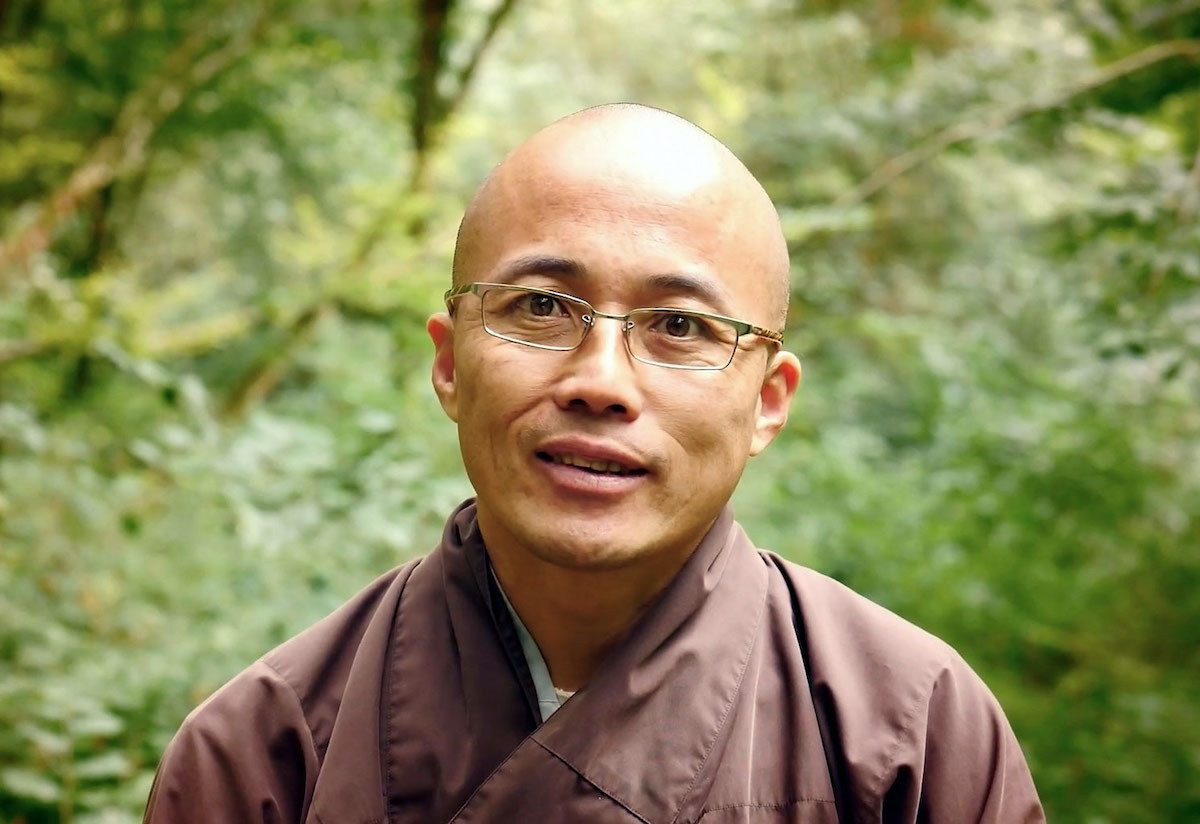

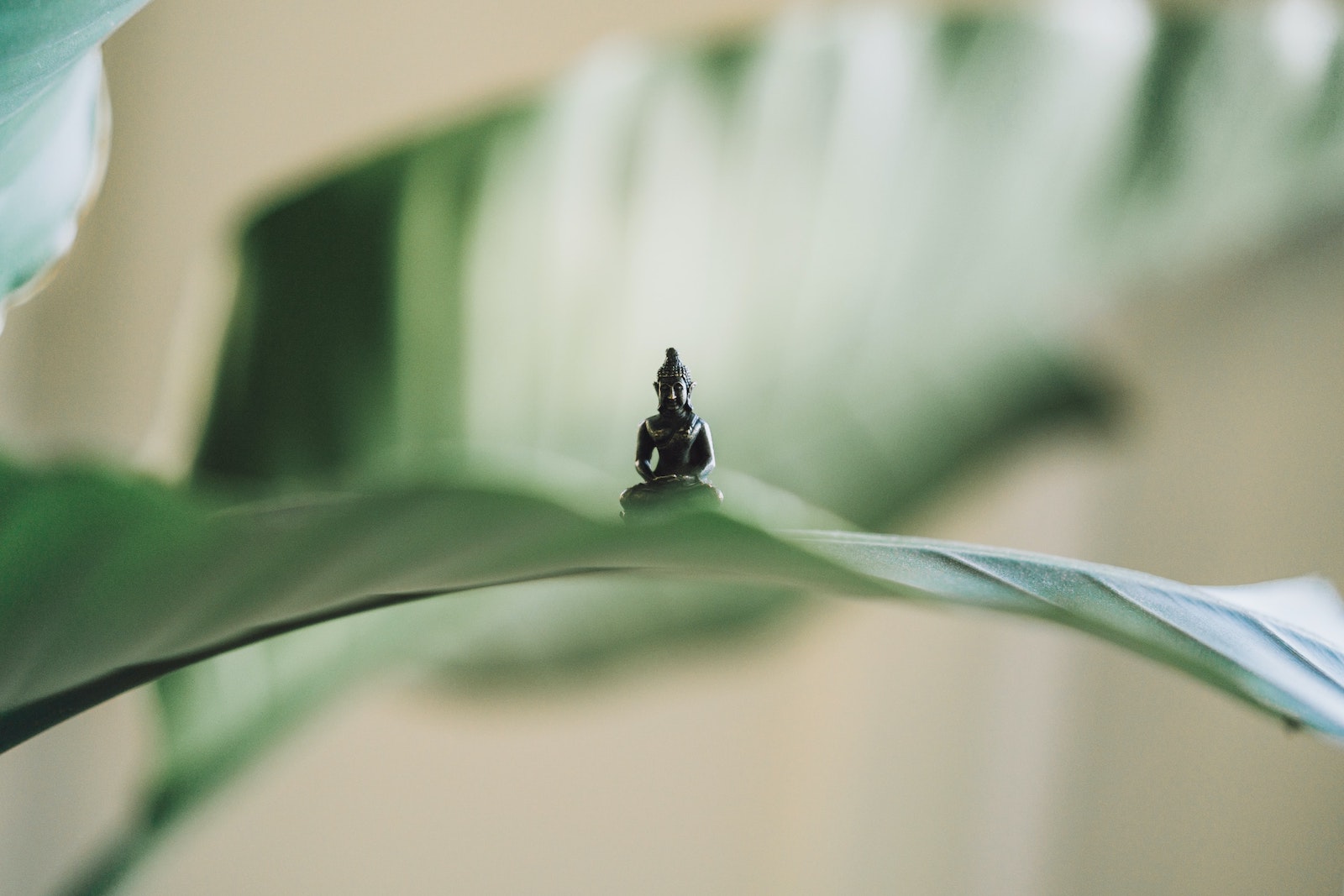
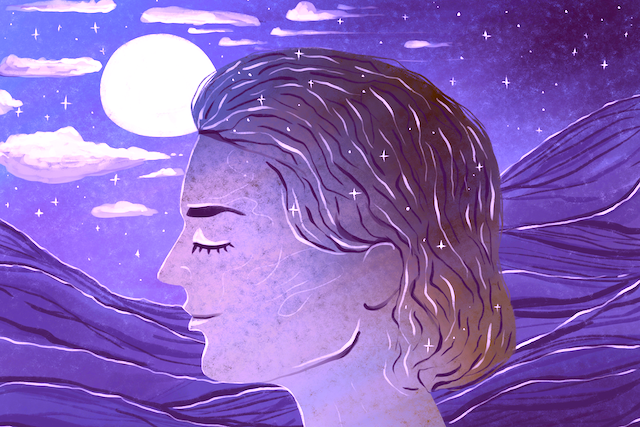
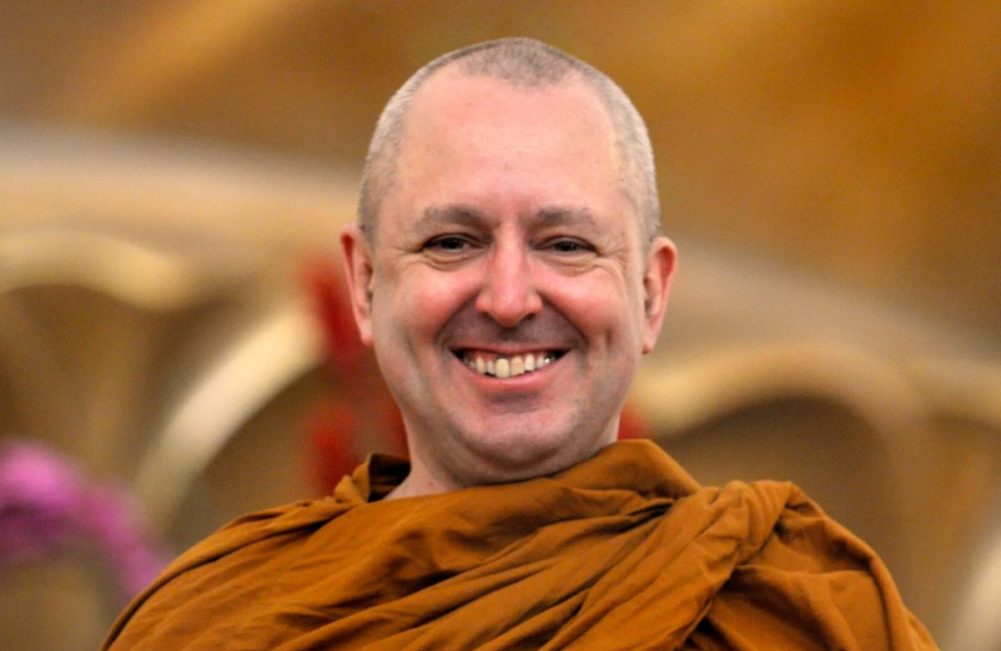






.jpg&h=630&w=1200&q=100&v=6e07dc5773&c=1)












